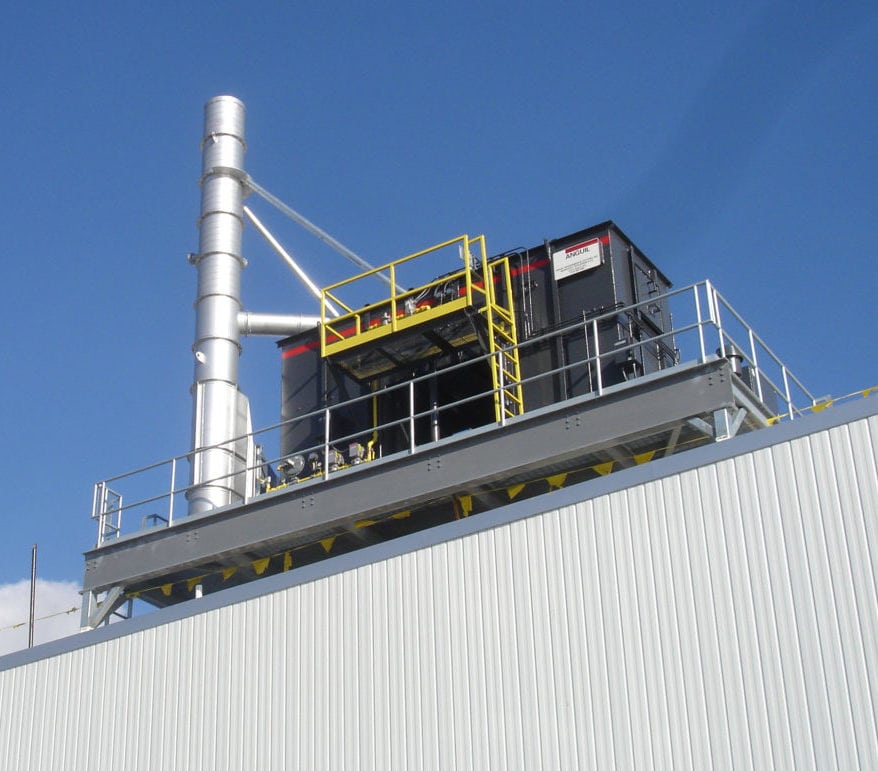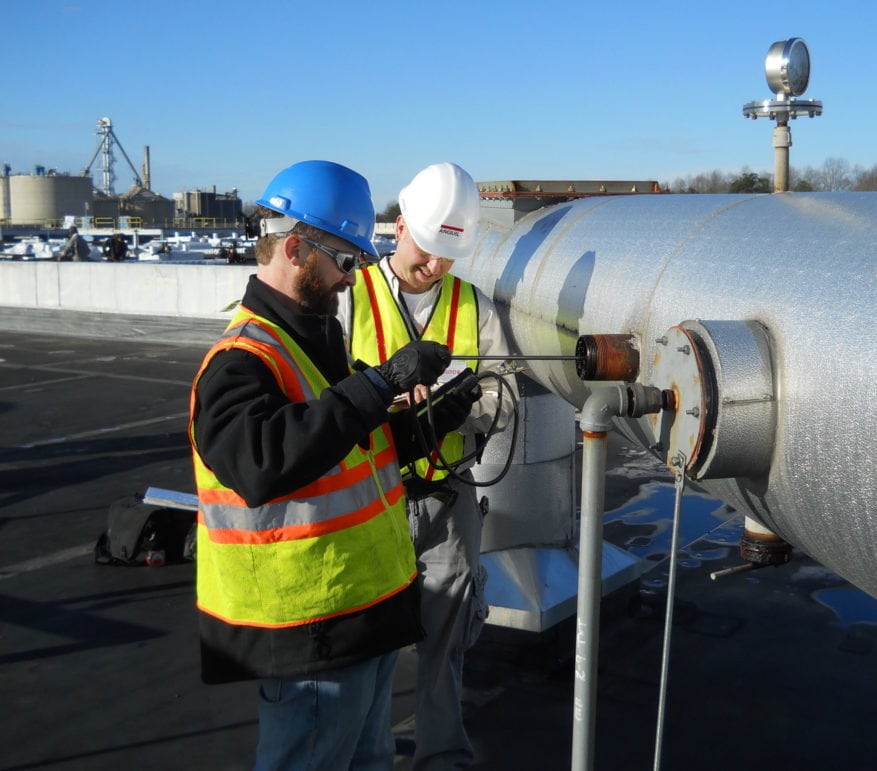Thermal and catalytic oxidizers are designed around emission constituents, concentrations and temperature. Occasionally the destruction requirements, efficiency needs and process parameters will dictate certain enhancements or supplementary equipment to meet objectives.
Below you will find the various options to consider for your emission abatement equipment but here is what you can expect from every Anguil oxidizer solution:
- Uniform velocity for proper temperature distribution and emission destruction
- Gas trains designed to meet FM Global or any international certifications such as CSA, TSSA, EN, CGA and ATEX
- Alternative heating options such as electric heating elements or hydrogen burners for low carbon solutions
- Pre-assembly and factory testing for reduced installation costs
- Robust Programmable Logic Controller (PLC) based controls with multiple safety shutdowns to ensure safe operation
- Custom-designed to your application without custom built prices
- Seamless integration with your current process and future expansion plans
- Full equipment warranty and 24-hour service support
- Regulatory compliance is guaranteed

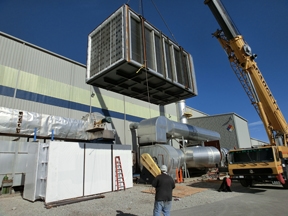 Every energy demand is unique, as is every energy-efficiency improvement opportunity. At Anguil, our track record includes an ability to blend time-tested, standard products with innovative, custom engineered solutions. We design, manufacture, and install energy recovery systems that decrease your energy consumption, reduce operating costs and maximize return on investment.
Every energy demand is unique, as is every energy-efficiency improvement opportunity. At Anguil, our track record includes an ability to blend time-tested, standard products with innovative, custom engineered solutions. We design, manufacture, and install energy recovery systems that decrease your energy consumption, reduce operating costs and maximize return on investment.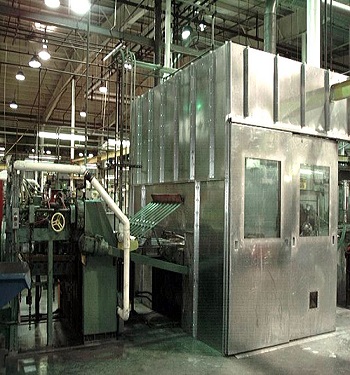 Permanent Total Enclosures (PTEs) provide numerous advantages for manufacturers who paint, spray, coat or apply solvent based materials to their product. The primary function is to provide 100% capture of all fugitive over-spray of harmful air pollutants used within the enclosure, maximizing the capture and control efficiency of the facility. This results in fewer uncontrolled emissions being released to the atmosphere and compliance with most government regulations for indoor air quality. The PTE also reduces routine capture efficiency testing costs and provides a cleaner, healthier work environment in the rest of the production facility through better capture and noise containment.
Permanent Total Enclosures (PTEs) provide numerous advantages for manufacturers who paint, spray, coat or apply solvent based materials to their product. The primary function is to provide 100% capture of all fugitive over-spray of harmful air pollutants used within the enclosure, maximizing the capture and control efficiency of the facility. This results in fewer uncontrolled emissions being released to the atmosphere and compliance with most government regulations for indoor air quality. The PTE also reduces routine capture efficiency testing costs and provides a cleaner, healthier work environment in the rest of the production facility through better capture and noise containment.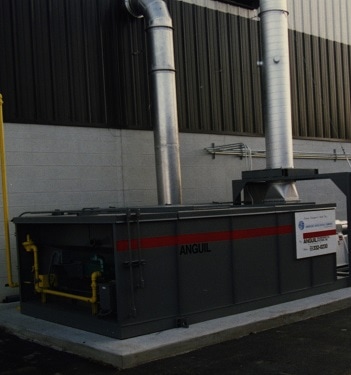 The Anguil Self-Cleaning Ceramic Filter (SCCF) collects, volatilizes and destroys particulate and condensable organics emitted from industrial process streams. It can be used independently as a filter media on hot and cold process streams or coupled with an oxidation module for total odor, Volatile Organic Compound (VOC) and Hazardous Air Pollutant (HAP) control.
The Anguil Self-Cleaning Ceramic Filter (SCCF) collects, volatilizes and destroys particulate and condensable organics emitted from industrial process streams. It can be used independently as a filter media on hot and cold process streams or coupled with an oxidation module for total odor, Volatile Organic Compound (VOC) and Hazardous Air Pollutant (HAP) control.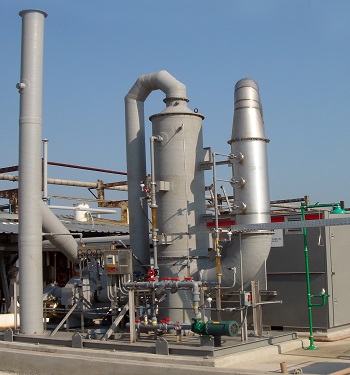 The Anguil Acid Gas Scrubber neutralizes inorganic acids that often exist in a process exhaust stream or are created during the oxidation of air pollutants. The module can effectively scrub a variety of acids including Hydrogen Chloride (HCl), Hydrogen Bromide (HBr), Hydrogen Fluoride (HF) and Sulfur Dioxide (SO2).
The Anguil Acid Gas Scrubber neutralizes inorganic acids that often exist in a process exhaust stream or are created during the oxidation of air pollutants. The module can effectively scrub a variety of acids including Hydrogen Chloride (HCl), Hydrogen Bromide (HBr), Hydrogen Fluoride (HF) and Sulfur Dioxide (SO2).
